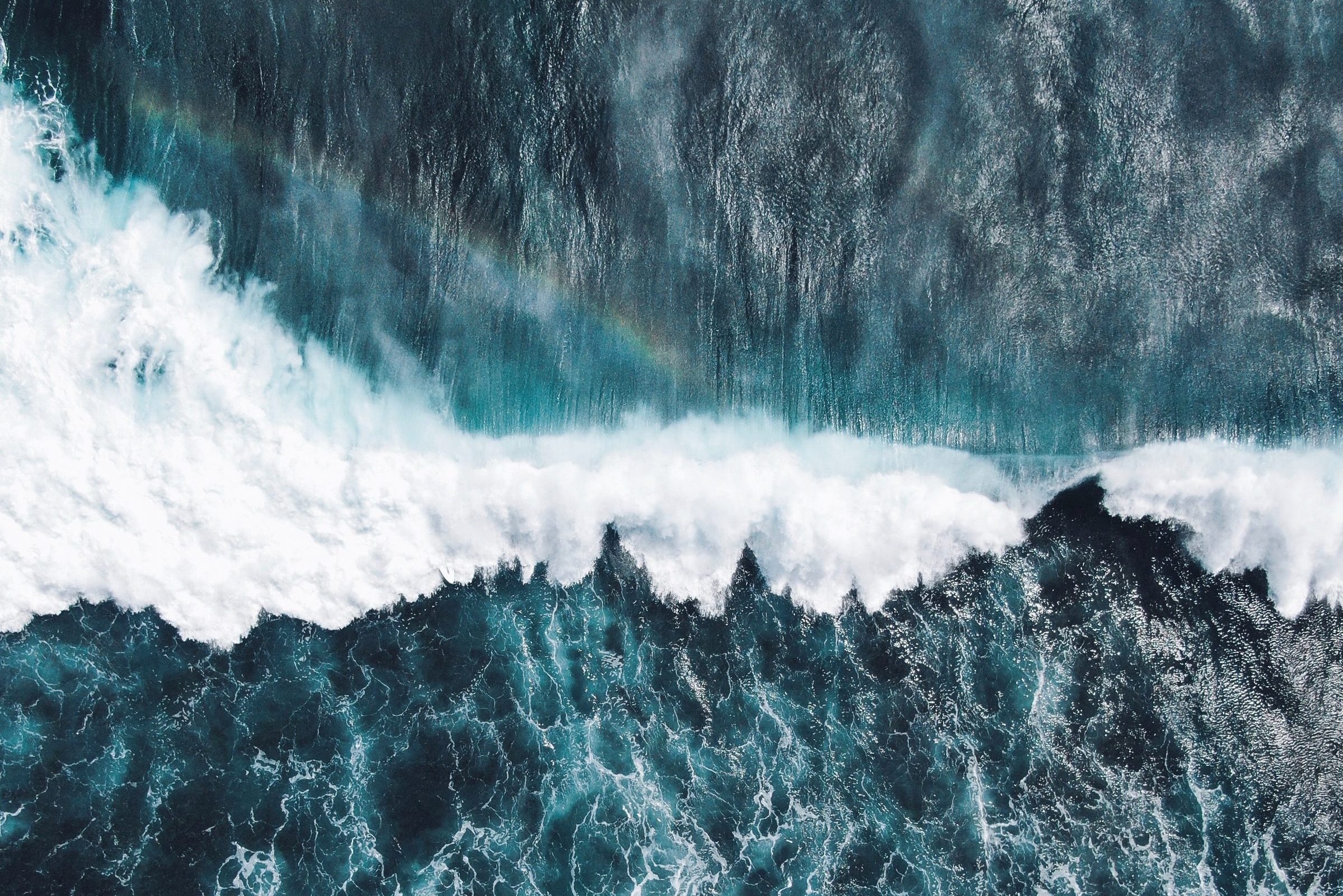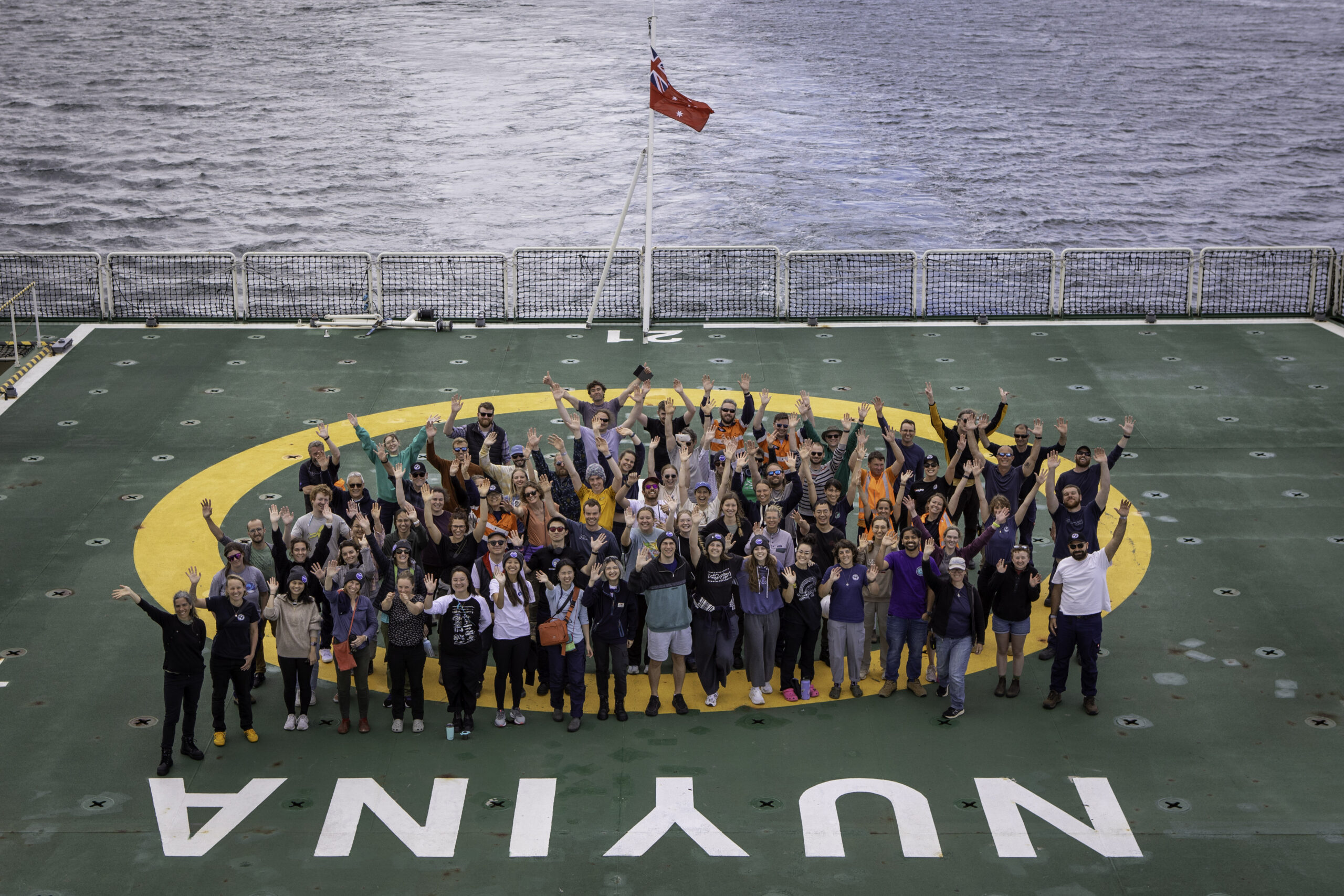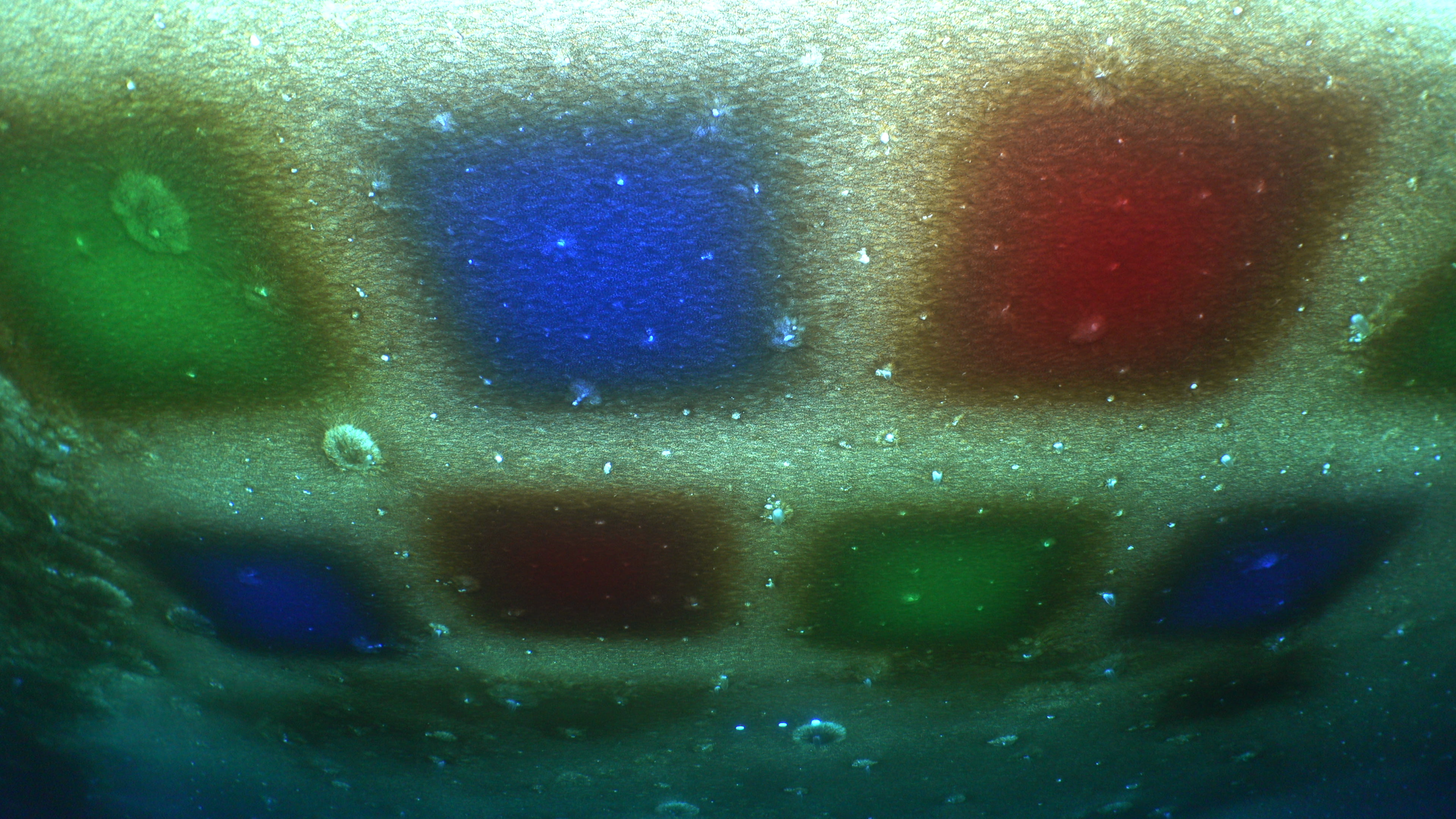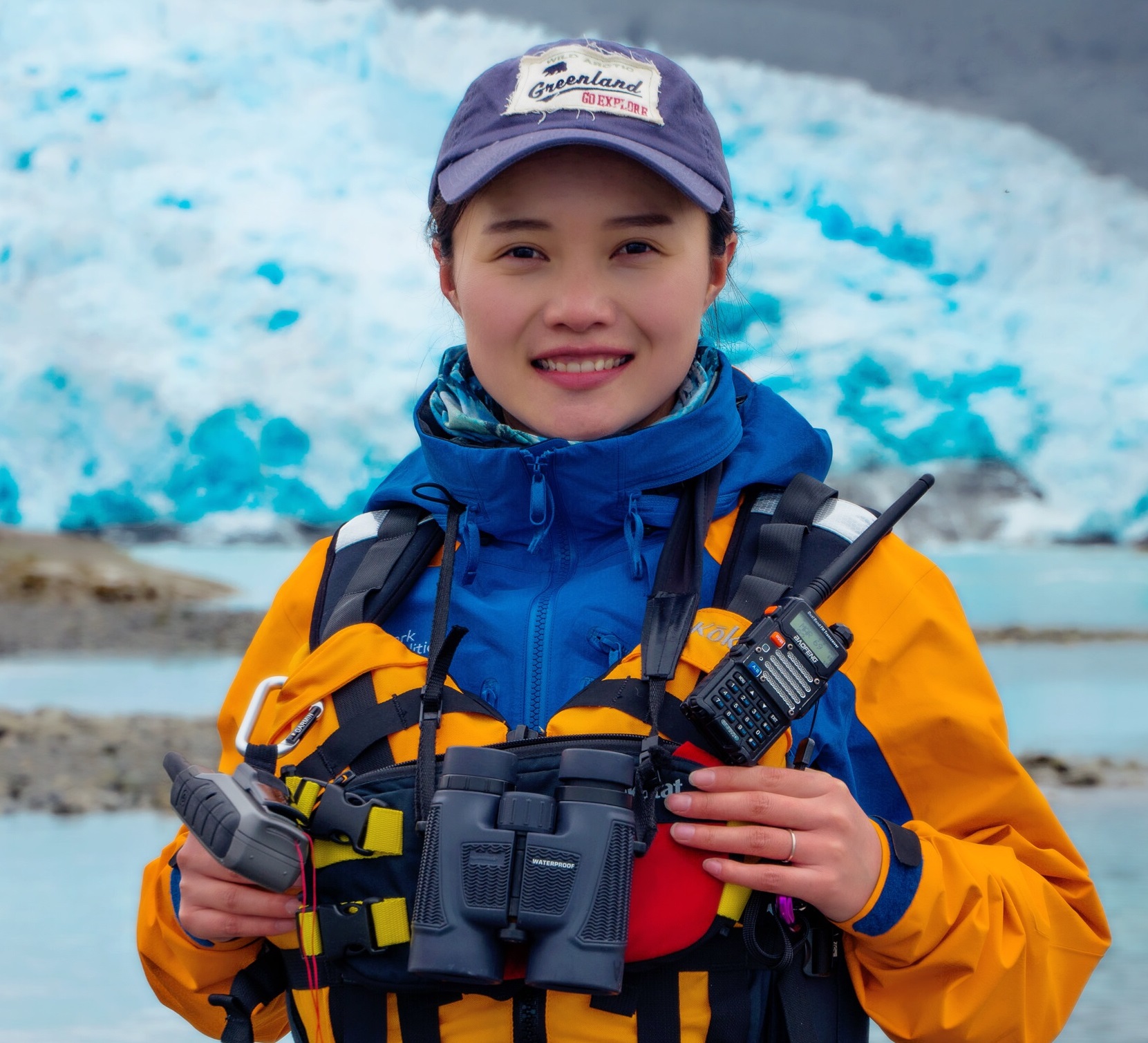
How is a changing climate changing the water cycle?
by A/Prof Jan Zika, ACEAS Chief Investigator
We need to understand how climate change is affecting the long-term patterns of rainfall and evaporation on Earth. Our new study, led by Dr Taimoor Sohail, an Associate Investigator with ACEAS, outlines a way to track the water cycle by following changes in ocean salinity. We found that the warmer parts of the ocean (subtropics and tropics) are getting saltier, and the cooler parts fresher. This suggests water has evaporated out of the warm regions and shifted towards the poles—both Antarctic and Arctic—where it fell as rain.
The concerning thing for society is that these changes are huge. They equate to 123,000 Sydney Harbours worth of rain being moved from the warm to cold parts of the globe or a 7% amplification of the water cycle. So potentially we are already experiencing 7% more rainfall and 7% more evaporation on average. Moreover, they are larger than what most of the current simulations tracking climate change suggested. Climate models predicted something closer to a 2–4% amplification by now—our results suggest we are tracking at least twice as much above that.
From here there are two major avenues:
1. Determine where changes are happening regionally. Are they broadly distributed across hemispheres and ocean basins? Are the changes only so large over the ocean, or are the changes reflected on adjacent land masses too? We are developing tools to answer these questions from observations.
2. To understand why, and why the model projections were so conservative. Is there some mode of climate variability that is being excited that none of the climate models are capturing? Is there a change in ocean physics underway that is affecting salinity patterns in a way no simulation can capture?
These are essential questions to answer and will help us ensure our climate projections of the future don’t leave out potential surprises.
MEDIA COVERAGE
PAPER
Sohail T, Zika J, Irving D, Church J. (2022). ‘Observed poleward freshwater transport since 1970’. Nature. DOI: 10.1038/s41586-021-04370-w


